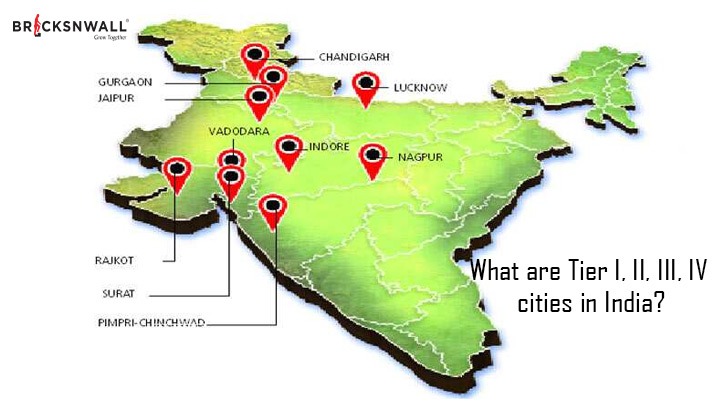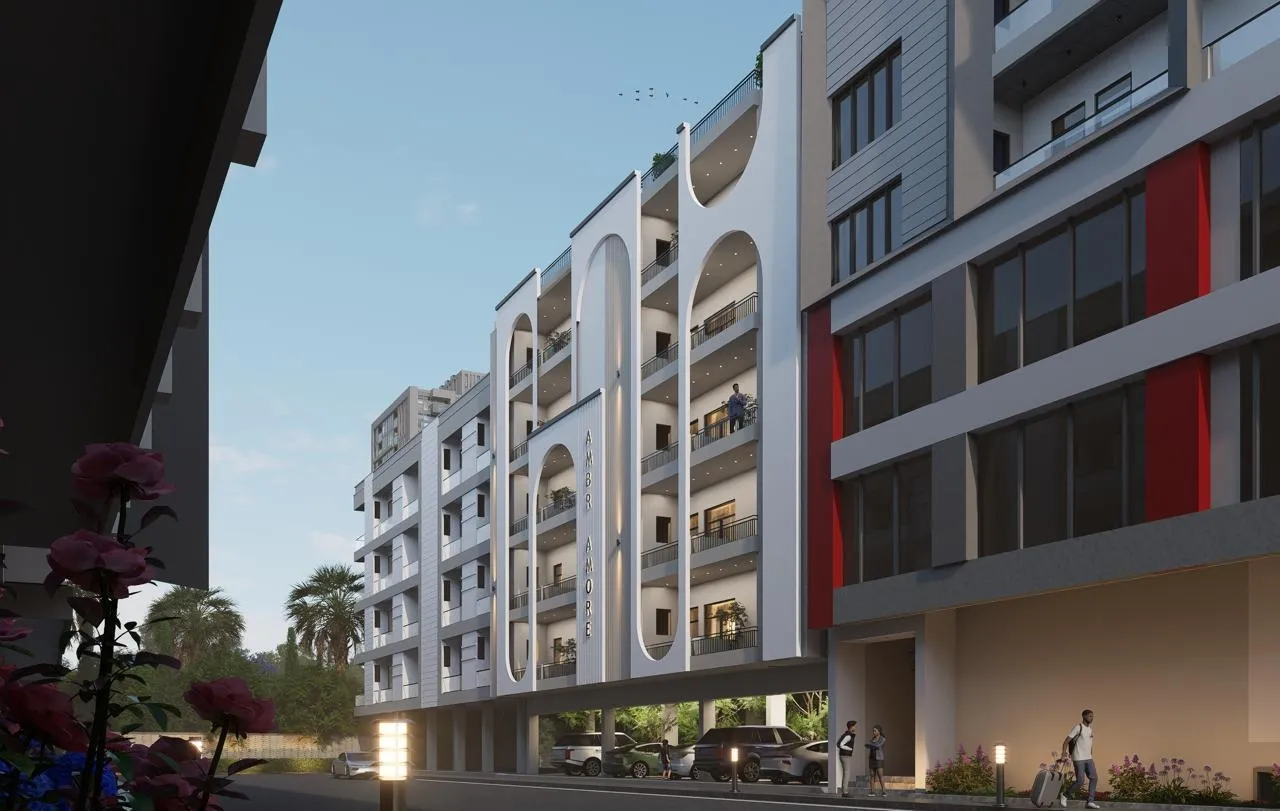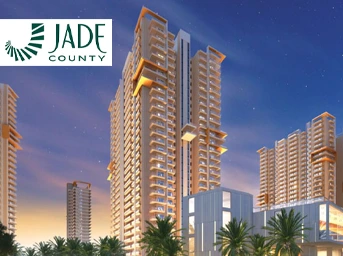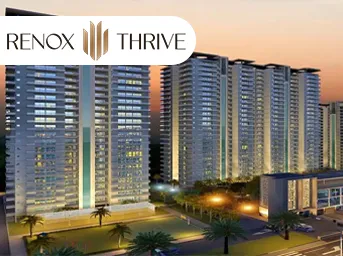List of Tier I, Tier II, Tier III, Tier IV cities in India | Everything You Need to Know
Bricksnwall Trusted Experts

Introduction:
India is a
diverse country with a rapidly growing urban landscape. To classify and
understand the varying levels of development and infrastructure, Indian cities
are often categorized into tiers. These tiers, commonly known as Tier I, II,
III, and IV cities, provide a framework for investors, businesses, and
policymakers to gauge the potential and opportunities within different urban
centers.
In
this article, we will delve into the characteristics and significance of each
tier to gain a better understanding of India's urban hierarchy.
Tier I
Cities:
Tier I
cities represent the most developed and economically significant urban centers
in India. These cities are characterized by advanced infrastructure, robust
economies, and a high standard of living. Some well-known Tier I cities in
India include Mumbai, Delhi, Chennai, Bengaluru, and Kolkata. Here's why Tier
I cities stand out:
Infrastructure: Tier I cities boast
excellent connectivity through well-developed airports, highways, and public
transportation systems. They often house major ports and provide extensive
telecommunication networks.
Economic
Powerhouses: These cities serve as major commercial and financial
hubs, attracting national and international businesses. They offer a wide range
of employment opportunities across industries like finance, technology,
manufacturing, and services.
Lifestyle
and Culture: Tier I cities are known for their cosmopolitan lifestyle,
cultural diversity, and vibrant entertainment scenes. They offer a wide array
of recreational and leisure facilities, including shopping malls, theaters,
restaurants, and nightlife.
Tier II
Cities:
Tier II
cities are emerging urban centers that exhibit considerable growth potential
and investment opportunities. These cities are experiencing rapid urbanization,
infrastructural development, and economic growth. Examples of Tier II cities in
India include Jaipur, Pune, Ahmedabad, Surat, and Lucknow. Here's why Tier II
cities are gaining prominence:
Economic
Growth: Tier II cities are witnessing significant industrial and commercial
development, attracting businesses seeking cost advantages, ample land
availability, and skilled labor.
Upgraded
Infrastructure: These cities are experiencing improvements in
transportation, including new airports, metro rail systems, and road networks,
enhancing connectivity and accessibility.
Quality
of Life: Tier II cities offer a relatively lower cost of living
compared to Tier I cities, making them attractive for people seeking a better
work-life balance. They often provide better housing affordability and access
to quality healthcare and education.
Tier III
and IV Cities:
Tier III and
IV cities are smaller urban areas that are gradually evolving and experiencing
the impact of urbanization. These cities may have limited infrastructure and
fewer economic opportunities compared to their Tier I and II counterparts.
However, they play a crucial role in regional development and contribute to the
overall growth of the country. Examples include Bhopal, Coimbatore, Indore, and
Patna. Here's what makes these cities noteworthy:
Potential
for Growth: Tier III and IV cities are considered emerging markets,
offering untapped potential for businesses and investors. With government
initiatives focusing on rural development and urban expansion, these cities are
expected to witness accelerated growth in the coming years.
Niche
Opportunities: These cities often have unique characteristics and
specialized industries, presenting opportunities for niche businesses and
localized markets. They also contribute to sectors like agriculture, tourism,
and regional trade.
Livability
Factors: Tier III and IV cities typically offer a closer-knit community, less
pollution, and a simpler way of life compared to larger cities. They can be
appealing to individuals seeking a peaceful and affordable living environment.
Conclusion:
The
categorization of Indian cities into Tier I, II, III, and IV provides a
valuable framework for understanding the diverse urban landscape of the
country. Tier I cities represent major economic and cultural centers, Tier II
cities exhibit growth potential and emerging opportunities, while Tier III and
IV cities contribute to regional development and hold untapped potential.
Investors, businesses, and policymakers can leverage this classification to make informed decisions and tap into the unique opportunities presented by each tier. As India continues to urbanize, it is essential to monitor the evolving dynamics of these cities and adapt n accordingly. By recognizing the distinct characteristics and potential of each tier, we can contribute to the balanced development of India's urban landscape.
- Cities in India have been divided into Tiers 1, 2, and 3. Tier 1 cities are the most developed, whereas Tier 2 and Tier 3 cities are underdeveloped.
- Delhi is a Tier 1 city in India, meaning it has a population of at least one lakh people, a robust employment market, and a high per capita income.




